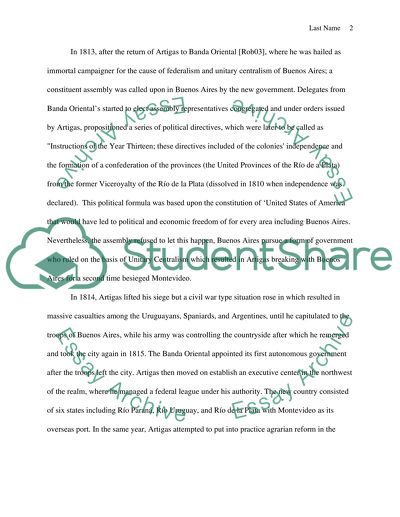Cite this document
(“Culture of Soccer in Uruguay, and how Uruguay Gained Independence Research Paper”, n.d.)
Retrieved from https://studentshare.org/family-consumer-science/1414539-culture-of-soccer-in-uruguay-and-how-uruguay
Retrieved from https://studentshare.org/family-consumer-science/1414539-culture-of-soccer-in-uruguay-and-how-uruguay
(Culture of Soccer in Uruguay, and How Uruguay Gained Independence Research Paper)
https://studentshare.org/family-consumer-science/1414539-culture-of-soccer-in-uruguay-and-how-uruguay.
https://studentshare.org/family-consumer-science/1414539-culture-of-soccer-in-uruguay-and-how-uruguay.
“Culture of Soccer in Uruguay, and How Uruguay Gained Independence Research Paper”, n.d. https://studentshare.org/family-consumer-science/1414539-culture-of-soccer-in-uruguay-and-how-uruguay.


